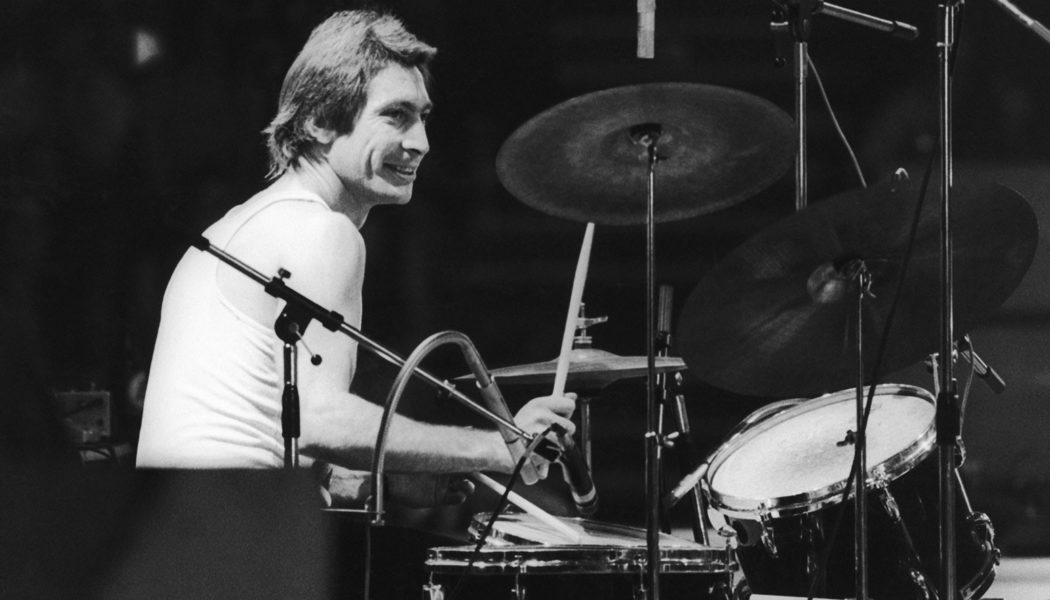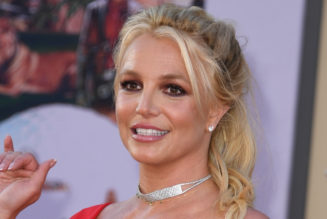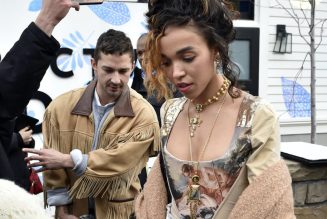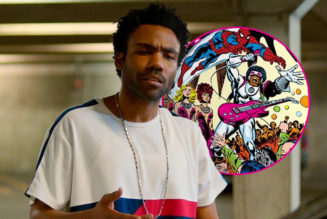
“Rock swings with a heavy backbeat,” Watts once explained to writer Chet Flippo. “It’s supposed to be fun, and that’s why I like it. It’s dance music…Heavy backbeat, that’s what it is.” And that sensibility became a hallmark of the Stones’ enduring sound.
“To me, Charlie IS the Rolling Stones,” Keith Richards once told Billboard. “We can be as wild as we want, all over the place, but Charlie never falls out of place. He keeps it all locked in and moving forward.”
Wyman, meanwhile, saluted Watts as “an economist” in both his playing and his instrument. “I look at all these drummers that have all these pieces on [their kits] to band around on, and Charlie has, like, seven,” the bassist said with a laugh. “And he gets as much out of what he has as they do — maybe more — just ’cause he’s such a great player.”
Watts was also, for the most part, the Rolling Stone least affected by the group’s iconic success. In his book STP: A Journey Through America With the Rolling Stones, Robert Greenfield recounts that during the Stones’ 1972 North American tour, he spent a visit to the Playboy Mansion playing billiards rather than cavorting with women.
“Being a Rolling Stone has almost passed him by,” Wyman wrote in his memoir, Stone Alone. “He has never courted fame or sought pop stardom. Inside a band of powerful personalities he remains a true British eccentric.”
Raised in the northwest London district of Kingsbury, Watts played soccer and cricket as a youth but became enamored with jazz early, buying 78 RPM releases by Charlie Parker, Jelly Roll Morton, Thelonious Monk and others. Watts started out playing banjo, but inspired by Gerry Mulligan’s drummer Chico Hamilton, he put his banjo head on a stand and used it as a snare drum. His parents bought Watts his first proper drum kit in 1955, and he began playing in the Jo Jones All Stars and in clubs and coffee houses while studying at Harrow Art School and then working as a graphic designer for Charles Daniels Studios.
Watts had taken a job in Denmark when Alexis Korner asked him to join his band Blues Incorporated, in 1961. The drummer returned to London, working days at another advertising company, and met Brian Jones, Mick Jagger, Keith Richards and Ian Stewart as they entered Korner’s orbit. They courted him to join the Rolling Stones when they formed the band during 1962, and Watts finally agreed in January of 1963.
“I thought it would be good fun, and I liked [the other band members],” Watts — who published a book about Charlie Parker, Ode to a High Flying Bird, during December of 1964 — once said. “I did not at all think it would be a lifetime job. How could I?”
In addition to playing drums Watts also lent his graphic skills to the band early on, helping to design covers for albums such as Between the Buttons and tour stages, logos and posters. While an unassuming presence on stage, letting his playing do the talking, Watts certainly understood his value within the band; Most famously, Watts responded to a late-night drunken phone call from Jagger, asking, “Where’s my drummer?,” by shaving, putting on a suit and tie, going to the singer’s hotel room, knocking on the door and punching him in the face, telling Jagger, “Don’t ever call me your drummer again. You’re my f—ing singer!”
Outside of the Stones, Watts released a selection of albums, starting with Live at Fulham Town Hall with his own Charlie Watts Orchestra in 1986. He also formed a quintet and a tentet and recorded a collaborative project with fellow drummer Jim Keltner in 2000. A 2010 concert collaboration with the Danish Radio Big Band was released in 2017. He also periodically played with Stones touring musician Tim Ries at the saxophonist’s solo jazz shows and, while in various towns, was known to frequent club and other players that he favored.
Despite his quiet demeanor, Watts grappled with some health issues over the years. He succumbed into alcohol and drug abuse, including heroin, during the early and mid-80s but quietly worked his way through them. And in June of 2004 he was diagnosed with throat cancer, which he successfully battled into submission. “We were scared,” Richards said shortly after. “We’ve had other people come and go in the band…but if there’s no Charlie, there’s no Stones. I wouldn’t want to go on if he’s not there.”
Outside of music, Watts was known for his sartorial style, named one of the World’s Best Dressed Men by Britain’s Daily Telegraph in 2006, while Vanity Fair chose him for its International Best Dressed List Hall of Fame. He and his wife Shirley own an Arabian horse stud farm, and he was once president of the North Wales Sheepdog Society.
Watts is survived by Shirley, his wife since 1964, as well as their daughter Serafina and his grandchild, Charlotte.




![ZHU Is Dropping Three Special Remixes This Week for Pokémon’s 25th Anniversary [Exclusive]](https://www.wazupnaija.com/wp-content/uploads/2021/08/zhu-is-dropping-three-special-remixes-this-week-for-pokemons-25th-anniversary-exclusive-327x219.jpg)






